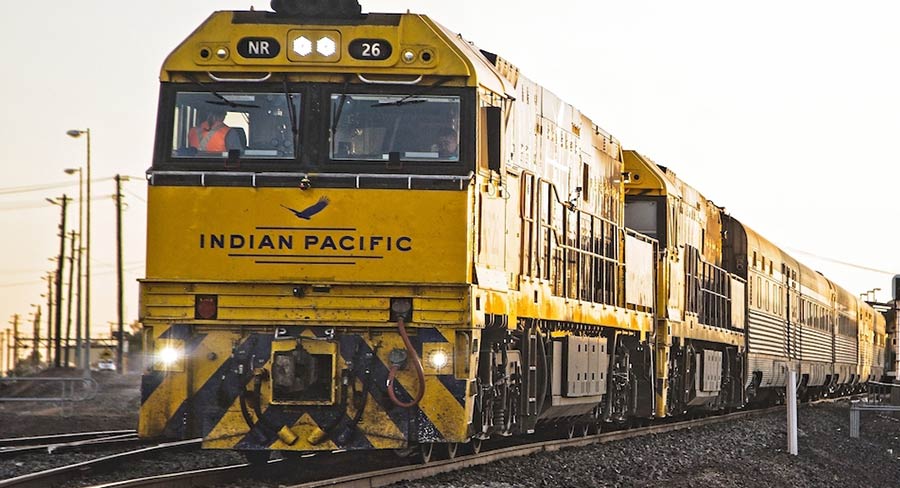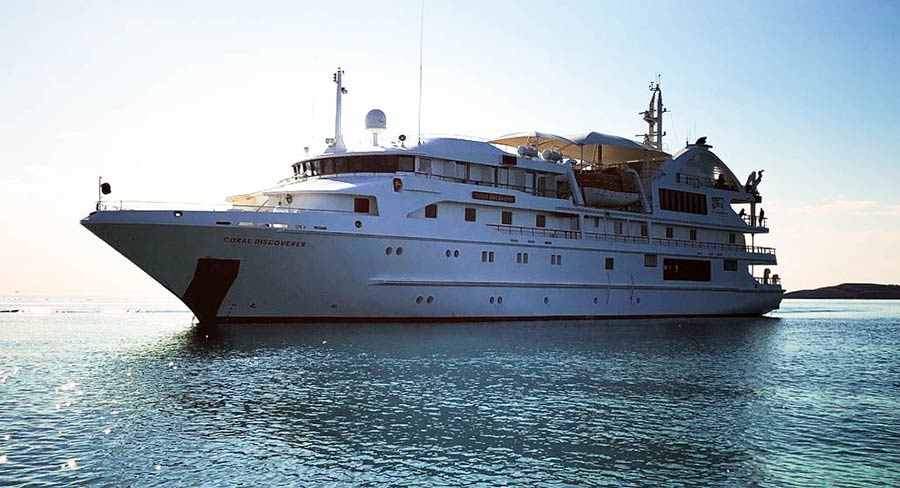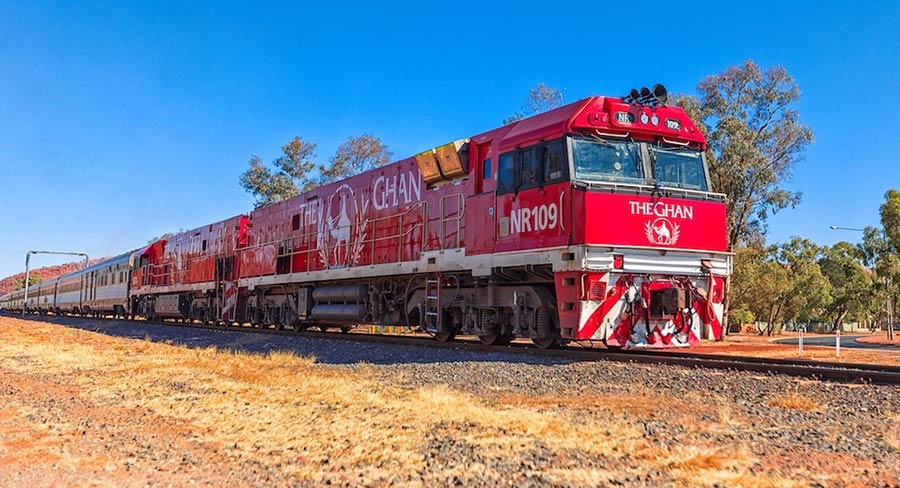SBS experimented with the Slow TV genre when it introduced viewers to The Ghan: Australia’s Greatest Train Journey in January 2018.
Produced by Mint Pictures for SBS, the broadcaster asked for a shorter version for viewers who wanted to experiment with Slow TV. For those with a bit more stamina, and some time on their hands, SBS also ordered a real-time 16 hour, 26 minute version screened on Viceland, Facebook and available from SBS On Demand.
Driving the format in Australia is Adam Kay’s Mint Pictures. So successful was the The Ghan, that Kay pitched for a second year of Slow TV where SBS order two programs – another train ride on The Indian Pacific: Australia’s Longest Train Journey and aboard a small cruise ship along West Australia’s Kimberley coast – The Kimberley Cruise: Australia’s Last Great Wilderness.

SBS packaged up those two Australian productions with acquired productions of The Canal Trip on UK waterways and North To South, overland across New Zealand.
Mint Pictures’ Kay recently visited Mediaweek’s PodcastOne studios where he talked about through the Slow TV genre, how he pitched the ideas and then produced the shows.
Here are some of the highlights from that interview with Mediaweek’s James Manning.
Filming an episode of Slow TV is as much an exercise in patience for the producers as it is for some viewers.
For example when Mint Pictures filmed The Ghan it meant extra trips on the train that traverses Australia from north to south.
Kay and his cameraman did it twice while the rest of the crew made the single trip that was used in the episode.
That first trip was used to shoot some vision on just two cameras from the windows of the train. “We turned that into a development reel for SBS and then we went back and filmed it for real,” Kay told Mediaweek. “Everything that viewers saw on the 17-hour journey of The Ghan was pretty much every daylight minute of that journey. To be true to the concept there was no trickery and no shots used from another trip.
“It is a true narrative timeline that follows a route from A to B.” Kay said there is a lot of trainspotters out there who would have picked up on any footage that didn’t accurately match segments of the journey.
“I was in Los Angeles when The Ghan broadcast and I woke up to 75 emails from members of the public. It mightn’t seem like a lot, but anybody working in television will tell you that is substantial. Seventy of those were from people saying it was the best thing and complimenting the program. Some mentioned it was refreshing to have no music and no voice over – it was just pure sounds from nature and from the train.”
As well as having fixed cameras all over the train, Kay said they also had microphones all over the place. While they may have enhanced some of the recordings, they never added anything not recorded on that journey.
Kay said the production team was very conscious of not wanting to impact on the passenger experience. “Travellers on these trips pay a lot of money, some of them over $10,000 to go on a train or a cruise. Taking a very small team helps us achieve that.
“When the train first departed there was an announcement that there was a film crew on board. We are not about pointing the camera at any individual because we point the camera at the landscape. We never featured anyone’s face, but there were incidental images of people in the bar or moving around the train. Very quickly we became part of the family on the journey. Nobody had any issues with it.”
Kay had a chopper accompany the train on the entire journey. It was not cheap, but he cut a deal for the hire. He hired the same chopper pilot for both the Indian Pacific and The Ghan. Crossing the Nullarbor by air meant the chopper had to carry its own fuel for much of the journey. He travelled in the chopper all the time and directed the chopper coverage.
There were no choppers available however for the Kimberley cruise, so Mint Pictures used drones for all the ariel photography.

Some of the most memorable footage is when the chopper is flying close to the ground alongside the trains. Kay praised his chopper pilot David Adamson for his skills in the air. Great Southern Rail set the boundaries about how close they could get to The Ghan. “We couldn’t go within three metres of the train! I said ‘that sounds fantastic, thanks very much.’ With the use of a special lens it looked like we really were that close.”
Although he wasn’t travelling on the trains with his crew, Kay said they all knew what to do as they’d compiled a “camera bible” and they had a great director of photography and an on train producer.
Nights were used the wrangle the media after all the cameras combined were shooting hundreds of hours of footage. “There were eight to 10 cameras rolling for 16 daylight hours for every day – do the maths and that is close to 500 hours of footage.”
They had to get all the footage back to Sydney and then sync it all to look for the best camera angles at any given moment of the journey. “It was a massive job. I have never undertaken anything bigger in television.”
Listen to the full podcast interview here.
Kay talks about the chances for more Slow TV next year [yes please] and talks about the challenges his team faced on the Kimberley coast cruise. He also talks about his journey in TV production from working on TV in the UK, a posting to New York and his initial visit to Australia and then his decision to move fulltime. He started at Network 10, moved into the production sector and then ended up a partner in Mint Pictures.
